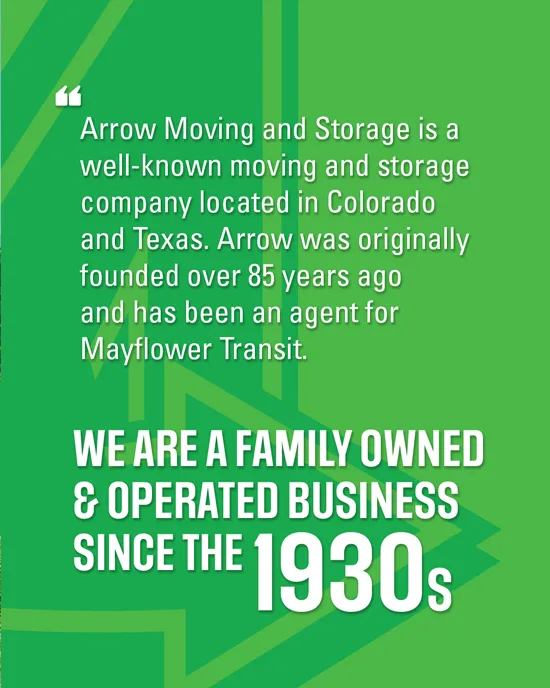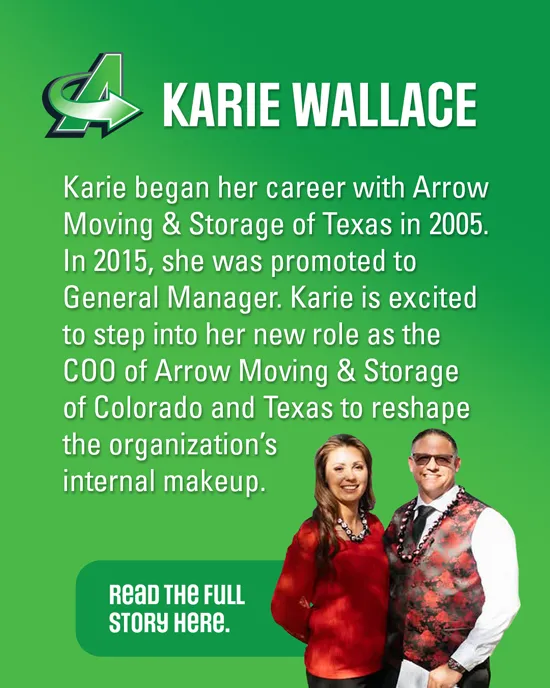Routines and the familiar are essential to children, so learning that they are moving can be challenging. However, children can also practice resilience if you’re there to help them. Here are ways to talk to your child about your upcoming residential relocation.
Tell Them Early
Children need time to process a significant change, so resist the urge to put off telling them. Instead, use clear, age-appropriate language. Then, answer their questions and continue talking about the move to re-enforce its occurrence.
Stress the Positive
Stress the most positive aspects of a new move. For example, a larger home, their own room, being able to walk to the ice cream store, or the opportunity to explore a new place.
Preschoolers tend to have no concept of what a move entails. They may ask questions such as, “do I have to leave my pets and toys for the new family?” Answer their questions and reassure them.
School-age children are apt to become excited about new opportunities, but teens sometimes struggle because of the importance of peer groups or special events such as prom. If your teens struggle with this, stress that they’ll be able to maintain contact with their friends. Consider setting a date to return to visit friends before the move.
Allow Them to Express Emotions
Negative emotions are part of coming to terms with a move. While no one likes to see their child cry, crying is a normal reaction. Acknowledge negative feelings and share your sadness.
Provide Opportunities to Say Goodbye
The closure is essential. Talk with your children about ways to say goodbye to their friends. For example, do they want to host a party or make something for friends to keep? Establish an email address they can use to exchange photos with their old friends once they’ve moved.
Listen
Listen to your child’s concerns and opinions. Sometimes, adults try to convince their children that a decision is correct, but just being present and listening is often the best option. If your child isn’t ready to talk, don’t push them. Instead, wait for them to approach you.
Involve Them
Involve the children in the relocation as is appropriate for their age and personality. Even preschoolers can “help” by packing some of their books or games. Allowing them to “camp” in the boxes may make the move more fun.
Older children can help plan how their new room will look. Then, if the budget allows, let them buy some new things for the room to have something to look forward to.
If the move is close by, take children or teens on a tour of the new home and neighborhood so that it will feel familiar when you arrive. If an in-person tour isn’t possible, use Google maps to find photos of the house and area.
Let your child suggest ways to stay in touch with their friends and ideas for making new friends.
Ready for Your Move
Let us help make the transition smoother for you and your family. We can help pack, transport, and unpack your belongings at your new home. Contact us today for a quote.





